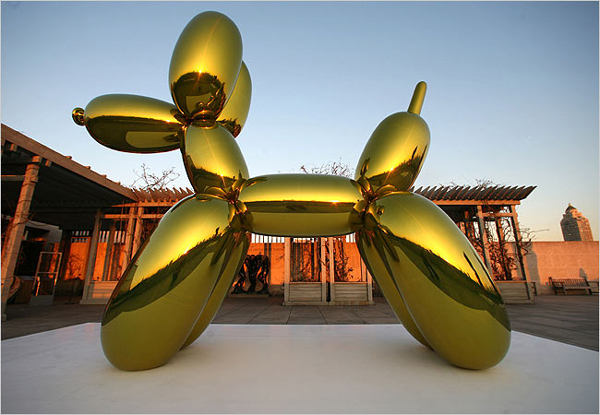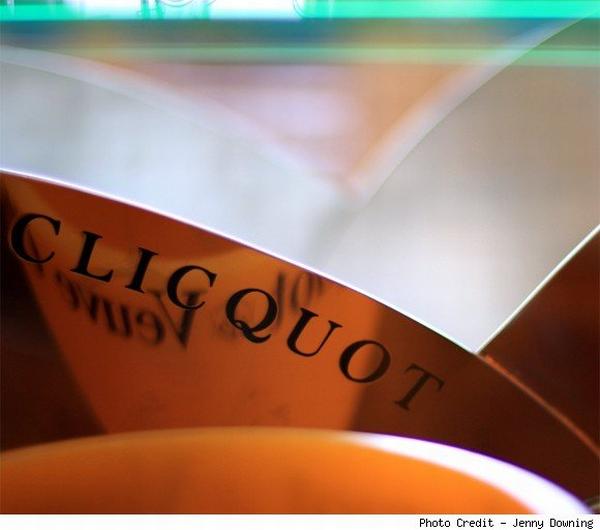The recession has been a game changer of sorts. In a way, you could say that it has had a positive effect on the luxury shoe industry. In the pre-recession era, bespoke shoe companies were going bankrupt with people unwilling to pay hundreds of dollars for a single pair. Things have changed since with people (even the younger crowd) becoming more than willing to shell out a few extra hundreds to buy a shoe that will stand the test of time. Or at least manage to last a decade or so.
That is where longstanding men’s dress shoe companies like Allen Edmonds are gaining. Back in 2008 things had not looked good. The firm had been forced to lay off over 8 percent of its staff. Fastforward to 2011, and things have changed completely. The company is on expansion route with plans of building 500,000 shoes this year, compared to last year’s 350,000. Since January last year, 118 more people have been brought on board. The turnaround at Allen Edmonds is indicative of a similar rebirth of heritage shoe brands across the United States.
Not long ago, heritage shoe brands producing men’s dress shoes were struggling to survive. Now, they are the flavor of the season. But is this just a passing phase? Perhaps not, for heritage brands are slowly trying to add a contemporary touch to their classic men’s dress shoe designs. They are bringing on board younger designers to help extend the brands’ reach to the younger crowds. However, there is a hesitation towards becoming trendy.
Alden Shoe Company’s vice-president Bob Clark puts it best when he says, “Making rapid changes to capitalize on the fashion of the moment doesn’t serve our long-term interest.” Most luxury brands attempt to cash in on such business opportunities, but most of these shoe companies remain devoted to their original way of working, of making exclusive shoes, perfect shoes.
Moreover, not all brands are equipped to be a leader across categories. Longstanding work boots maker Red Wing flopped miserably when it ventured into the area of women’s pumps. But its more classic styles are still a big hit.
But the notable factor is that the swing towards more classic hand-crafted shoes is dictated by a change in customer attitudes rather than by changing fashion trends. If anything, this should bode well for the future of these heritage brands that have been around since forever.
The change is bringing younger people into the fray – workers, designers, even entrepreneurs. For instance, Florsheim was nearly bankrupt when it was rescued some ten years ago by its founder’s grandkids. Currently, the men’s dress shoe company designs shoes in collaboration with New York-based men’s line Duckie Brown.
Even Alden has a much younger work force today than they did a decade and a half ago. Many of the Masachusetts-based factory’s 100 workers are second- or third-generation shoemakers. But it definitely points to a growing interest in the craft.
At Allen Edmonds, the young and the old work side by side. And even the reigning designs suggest that classic designs like the wingtip brogue are making a re-appearance. But with young blood guiding the styles, younger adaptations could soon make an appearance.
Via: New York Times




